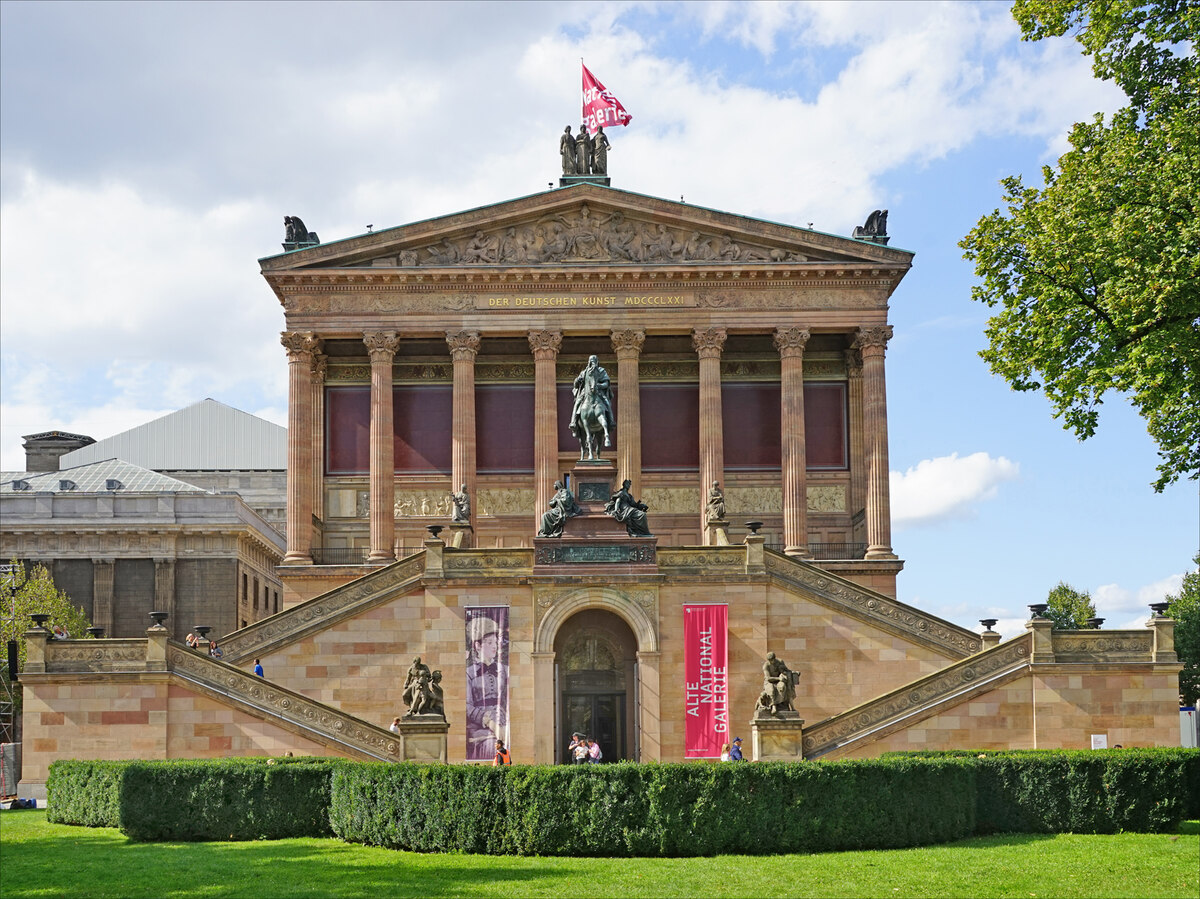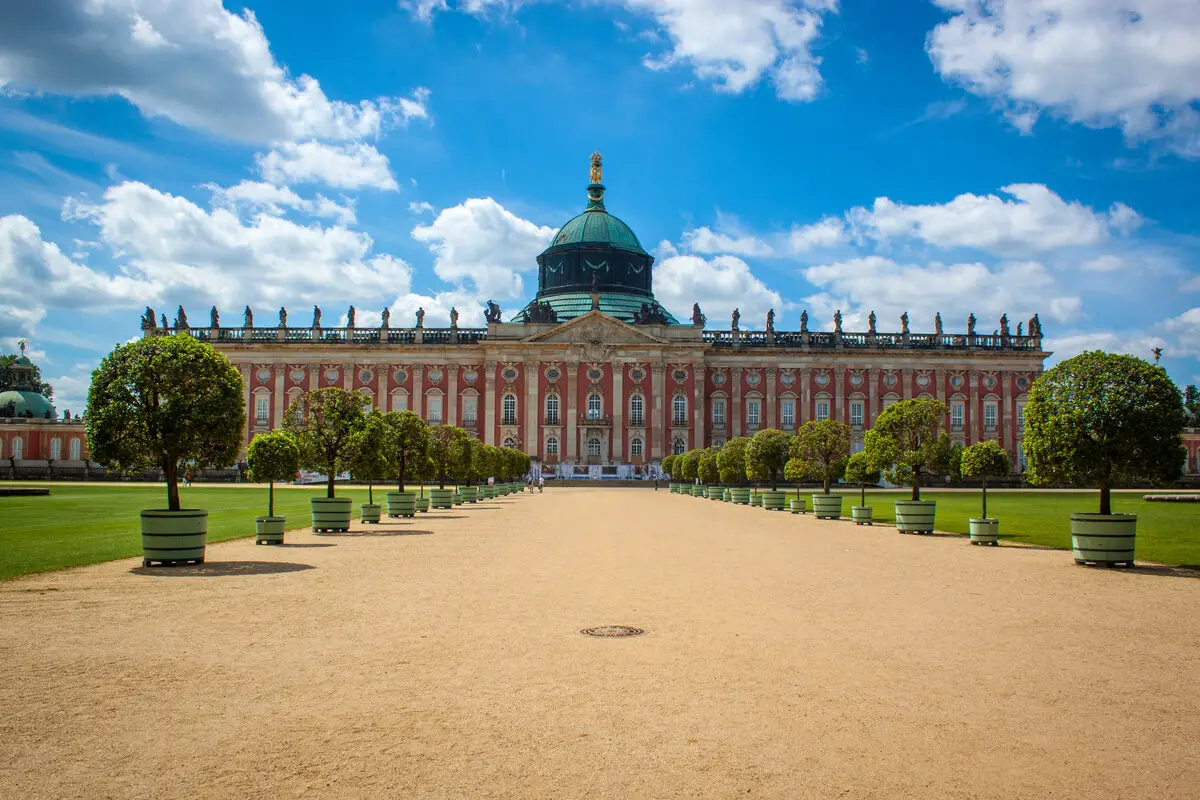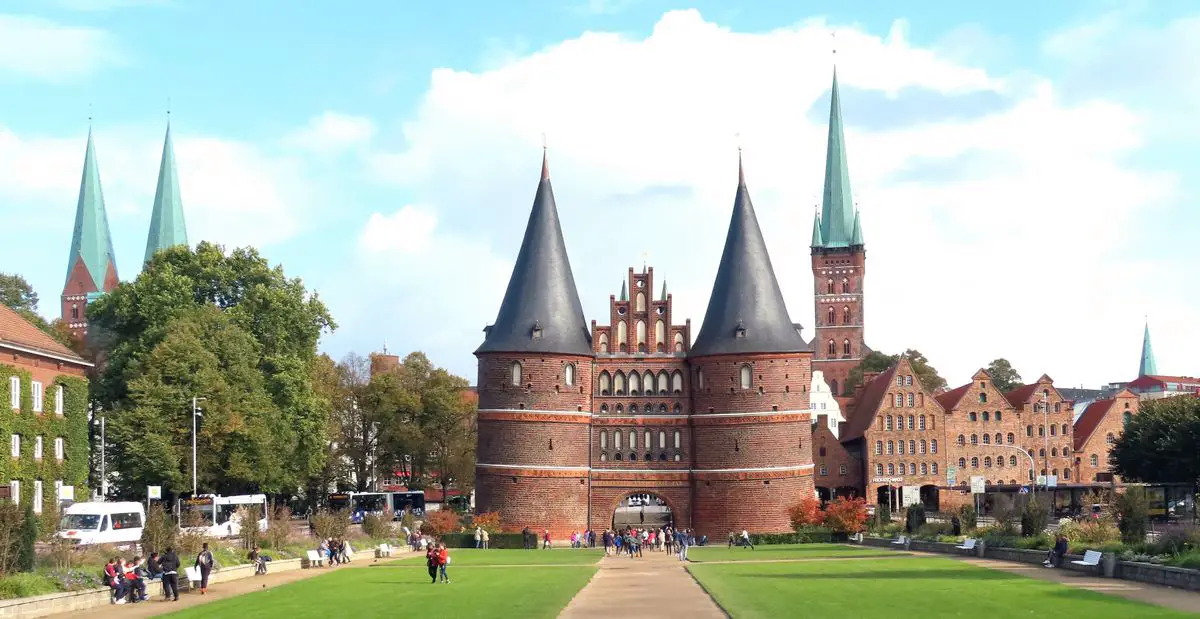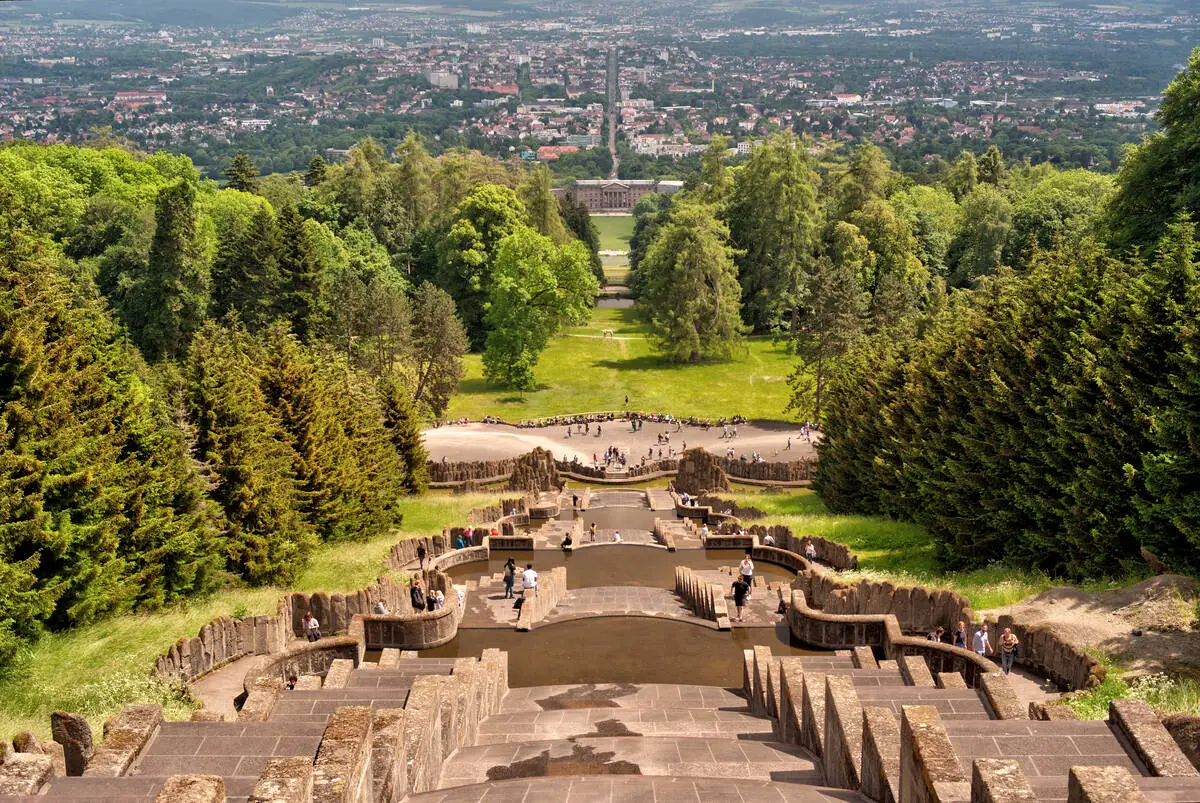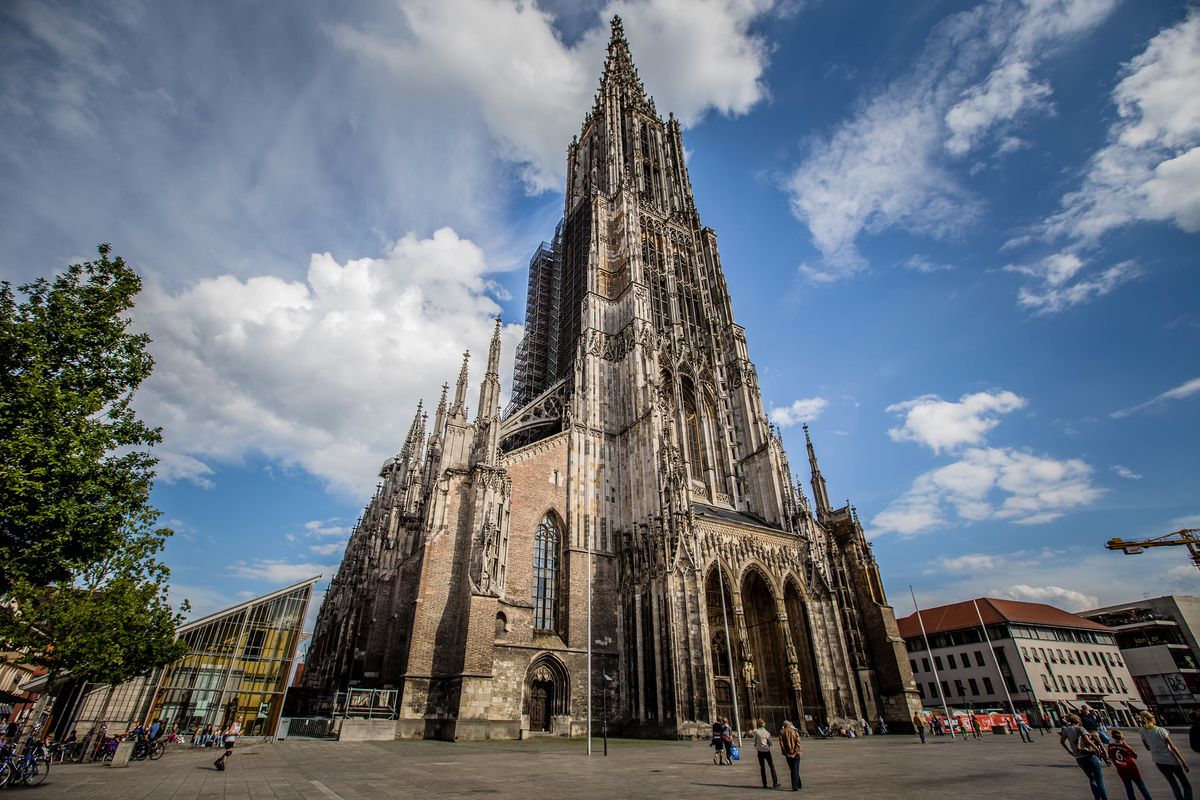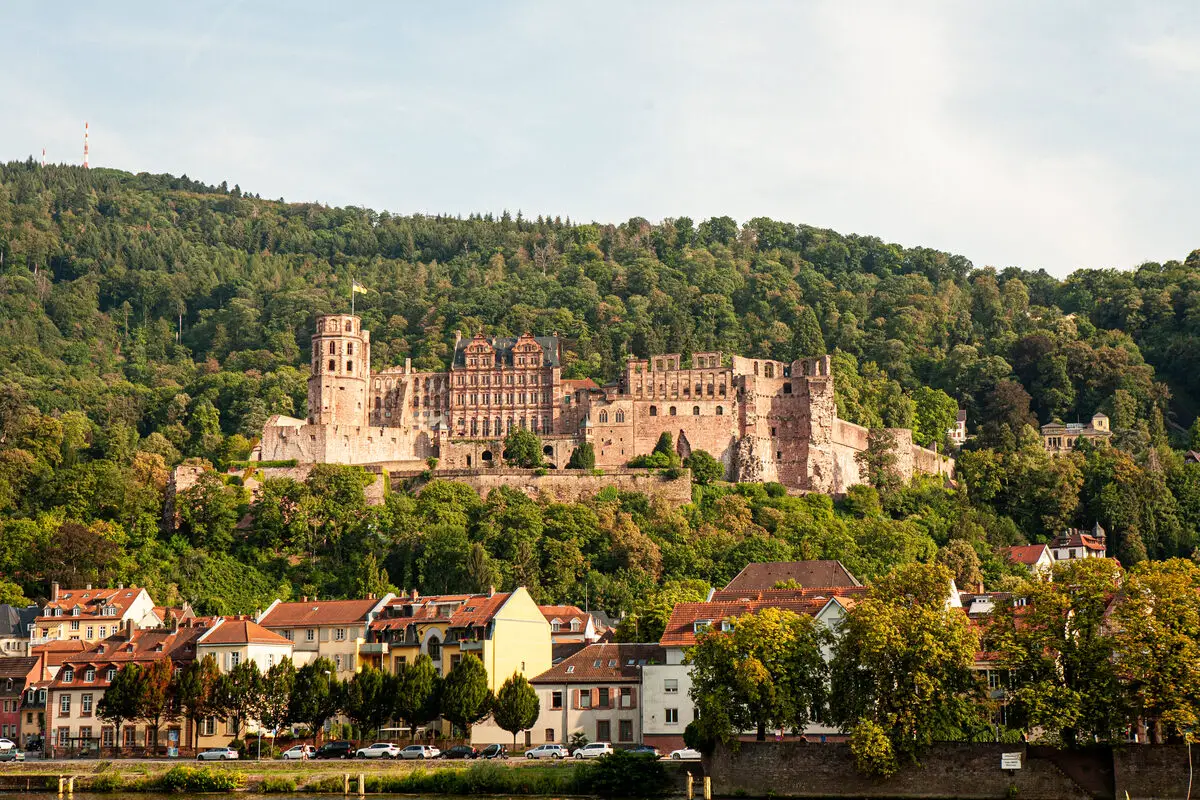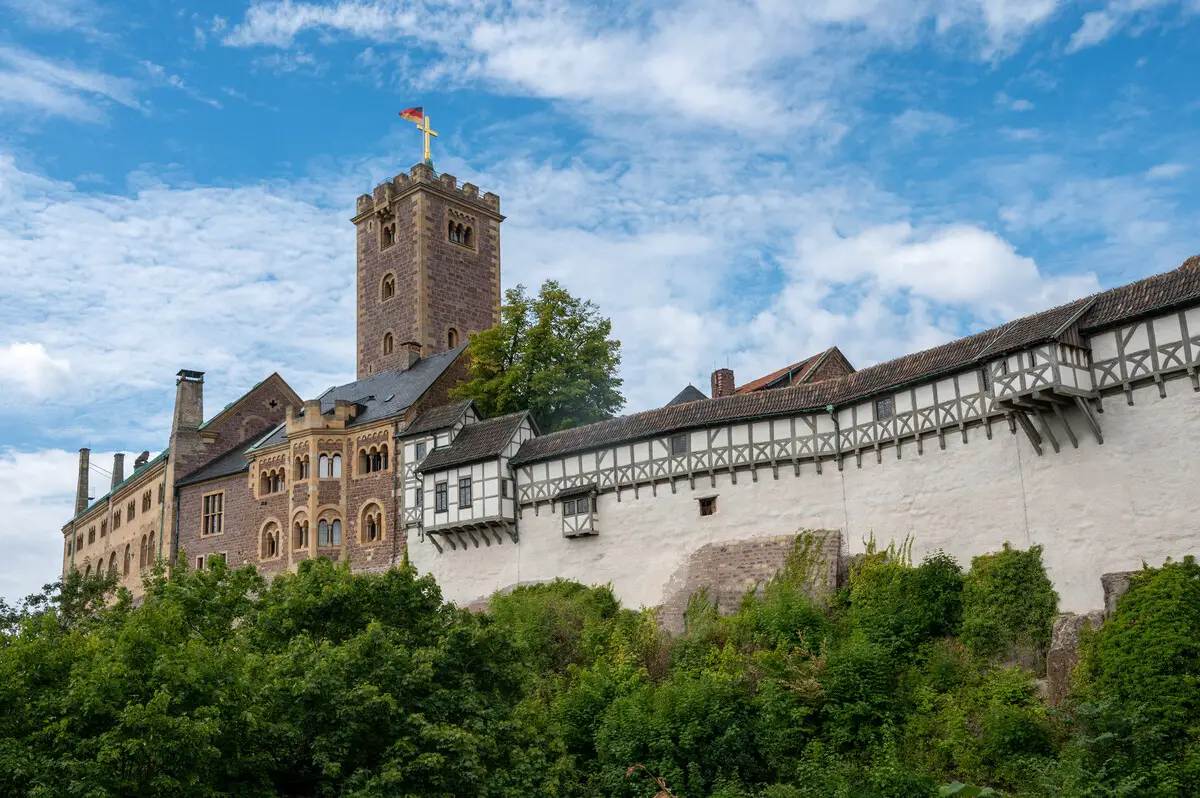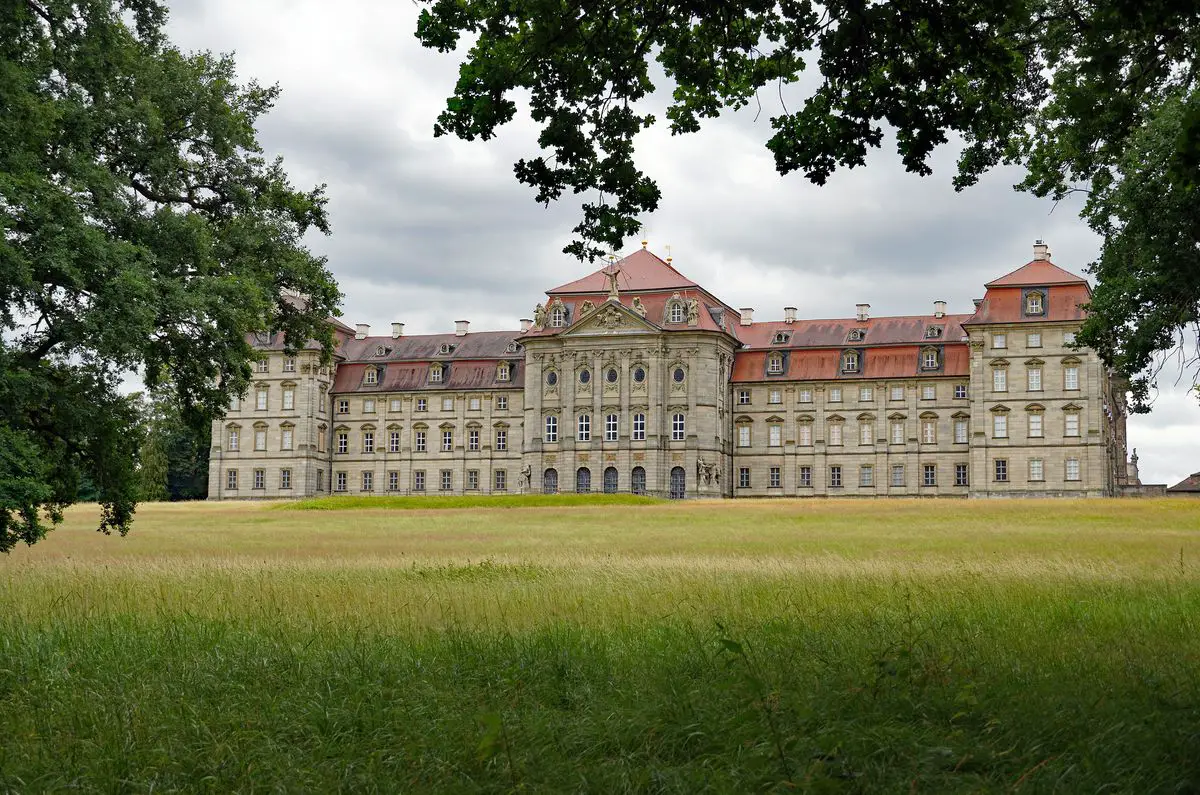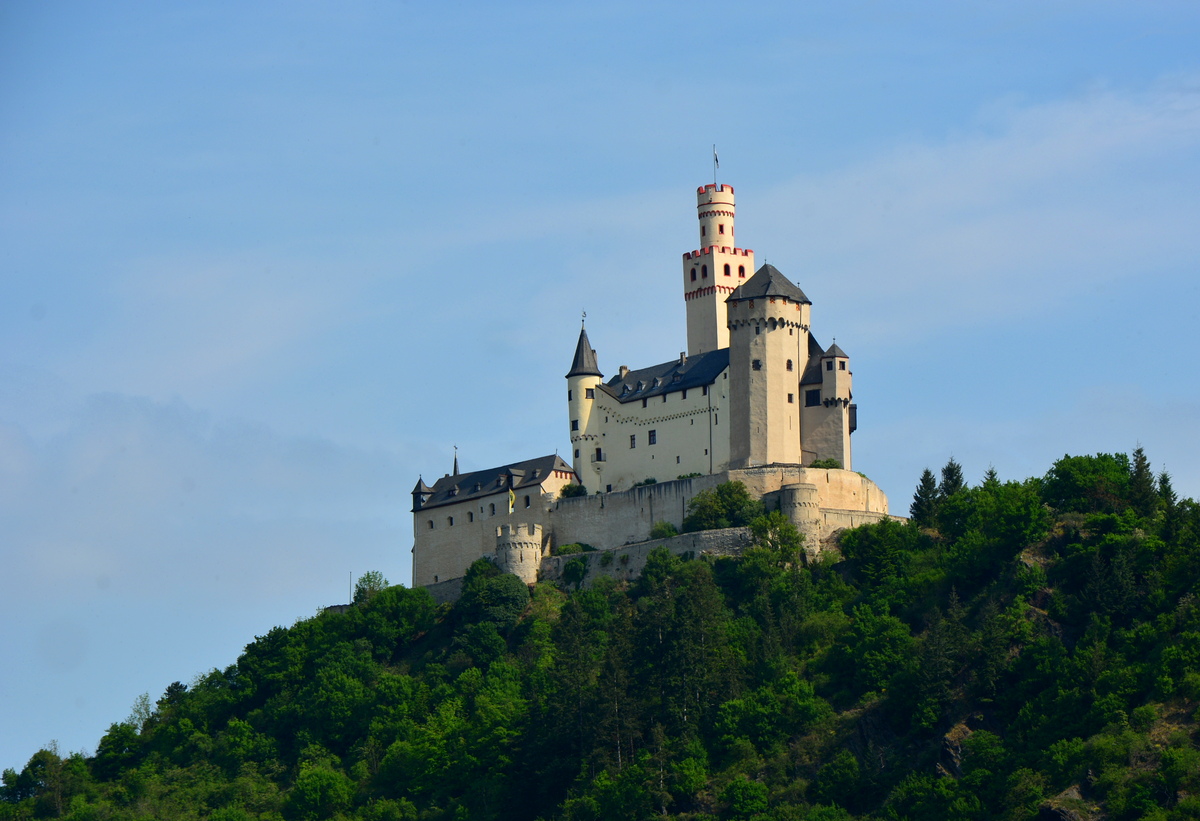Wondermondo 🢖 World 🢖 Wonders of Europe 🢖 Wonders of Germany
Territory
Wonders of Germany
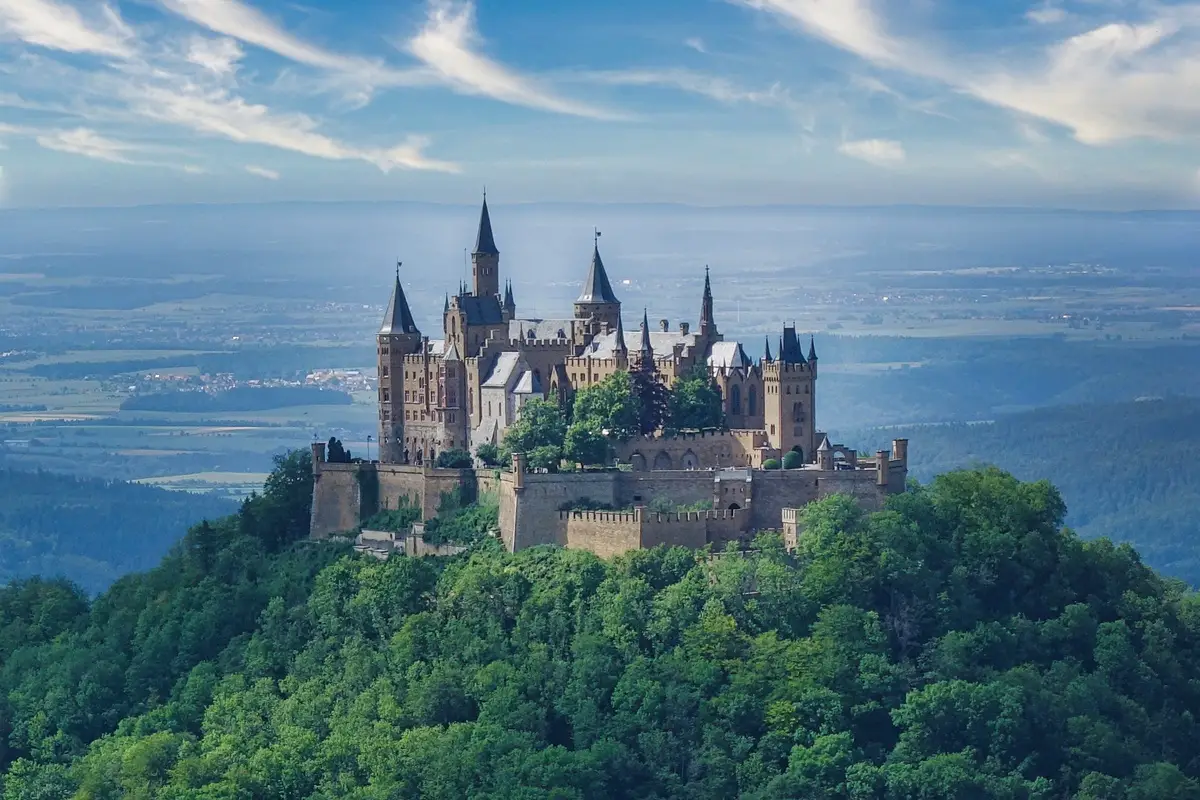
 Highlights
Highlights
Germany has a picturesque landscape and rather many natural landmarks, but these are overshadowed by the rich and diverse cultural heritage. Immense values have been lost in warfare but Germans have duly rebuilt their cultural treasures and are constantly creating new values.
The most amazing wonders of Germany are:
- Medieval towns and cities. The country lost thousands of valuable buildings and whole historical cities in World War II but nevertheless, Germany is world-famous due to its fairy-tale towns. It is even hard to name the most outstanding ones – but Rothenburg ob der Tauber could be one of the best.
- Hilltop castles and replicas of castles. Neuschwanstein Castle (which is not a true castle) is known worldwide, but even more interesting are such buildings as Hohenzollern Castle (also not a true castle), Eltz castle, and some other structures.
- Churches, especially churches in Romanesque style with such world-famous examples as Speyer, Trier, and Worms cathedrals. Outstanding building is also the Gothic Cologne Cathedral and Carolingian Aachen Cathedral.
- Rococo architecture. Germany has many outstanding Baroque-style buildings but especially charming are the exquisite late Baroque – Rococo style buildings, such as the interior of the basilica in Ottobeuren Abbey, Wies Church, Sanssouci, Augustusburg Palace, Zwinger and many other structures.
Germany is divided into 16 states
States of Germany:
- Baden – Württemberg
- Bavaria
- Berlin
- Brandenburg
- Bremen
- Hamburg
- Hesse
- Mecklenburg – Western Pomerania
- Lower Saxony
- North Rhine – Westphalia
- Rhineland – Palatinate
- Saarland
- Saxony
- Saxony-Anhalt
- Schleswig-Holstein
- Thuringia
Map with the described wonders of Germany
If you see this after your page is loaded completely, leafletJS files are missing.
 Top 25 wonders of Germany
Top 25 wonders of Germany
Architecture wonders of Germany
Aachen Cathedral
North Rhine – Westphalia
The oldest cathedral in Northern Europe. Historically very important church, the residence of Charlemagne, place of coronation of 42 kings and queens. Constructed in 792 – 805, rebuilt numerous times adding new values.
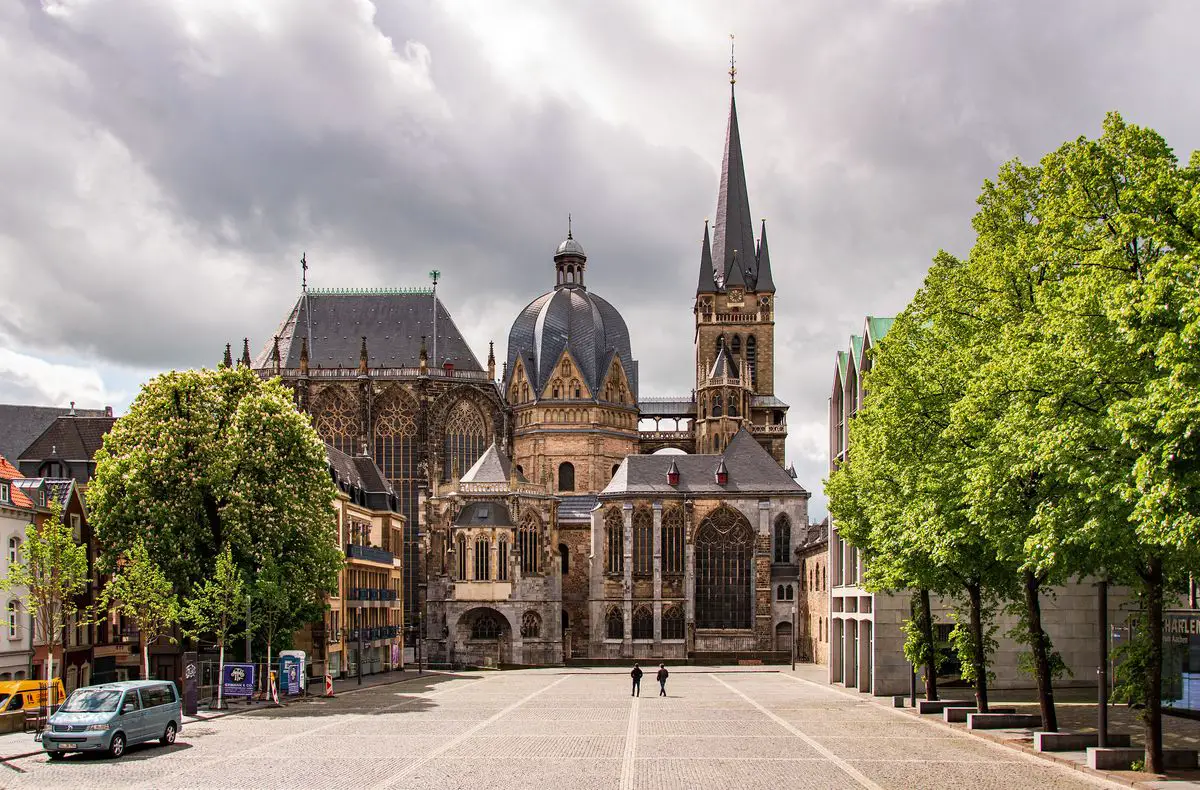
Cologne Cathedral
North Rhine – Westphalia
One of the most impressive Gothic-style cathedrals in the world and one of the largest churches in the world. 144.5 m long, two 157 meters tall towers. Constructed in 1248 – 1880. The most visited landmark in Germany.
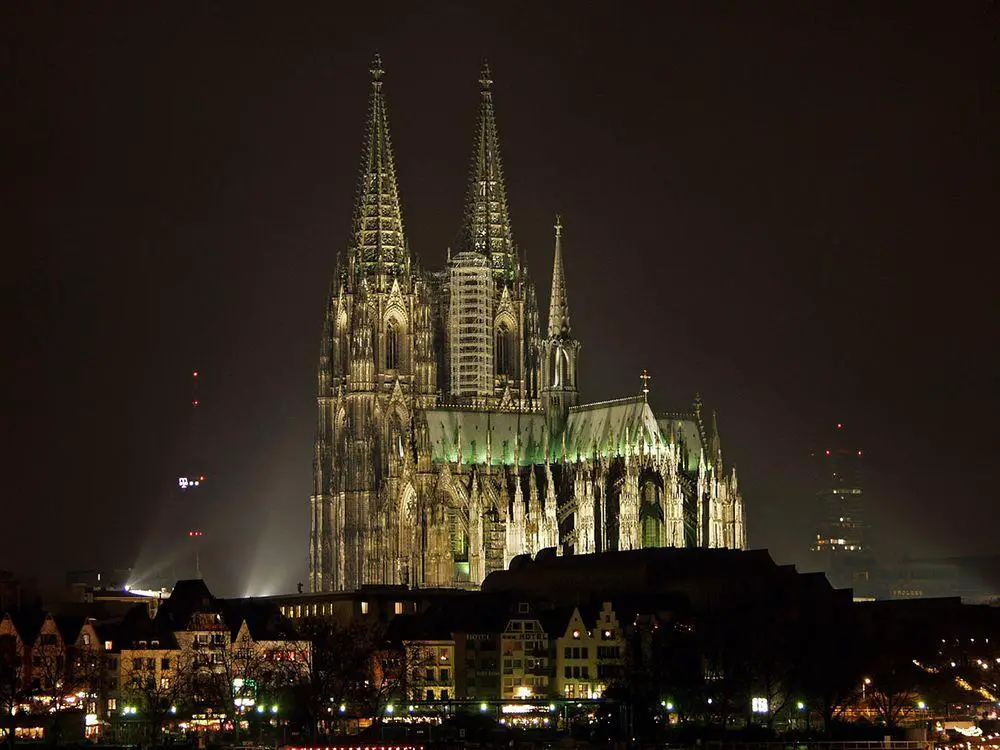
Neuschwanstein Castle
Bavaria
One of the world’s most recognized “castles” – but in reality, this is not a true fortified castle but a Neo-Romanesque palace. Constructed on a hilltop at the base of the Alps in 1869 – 1892 (unfinished). Very ornate interiors.

Rothenburg ob der Tauber
Bavaria
One of the best-preserved medieval towns in the world. Developed around the castle in the 12th – 13th centuries. Preserved fortification walls of the town.
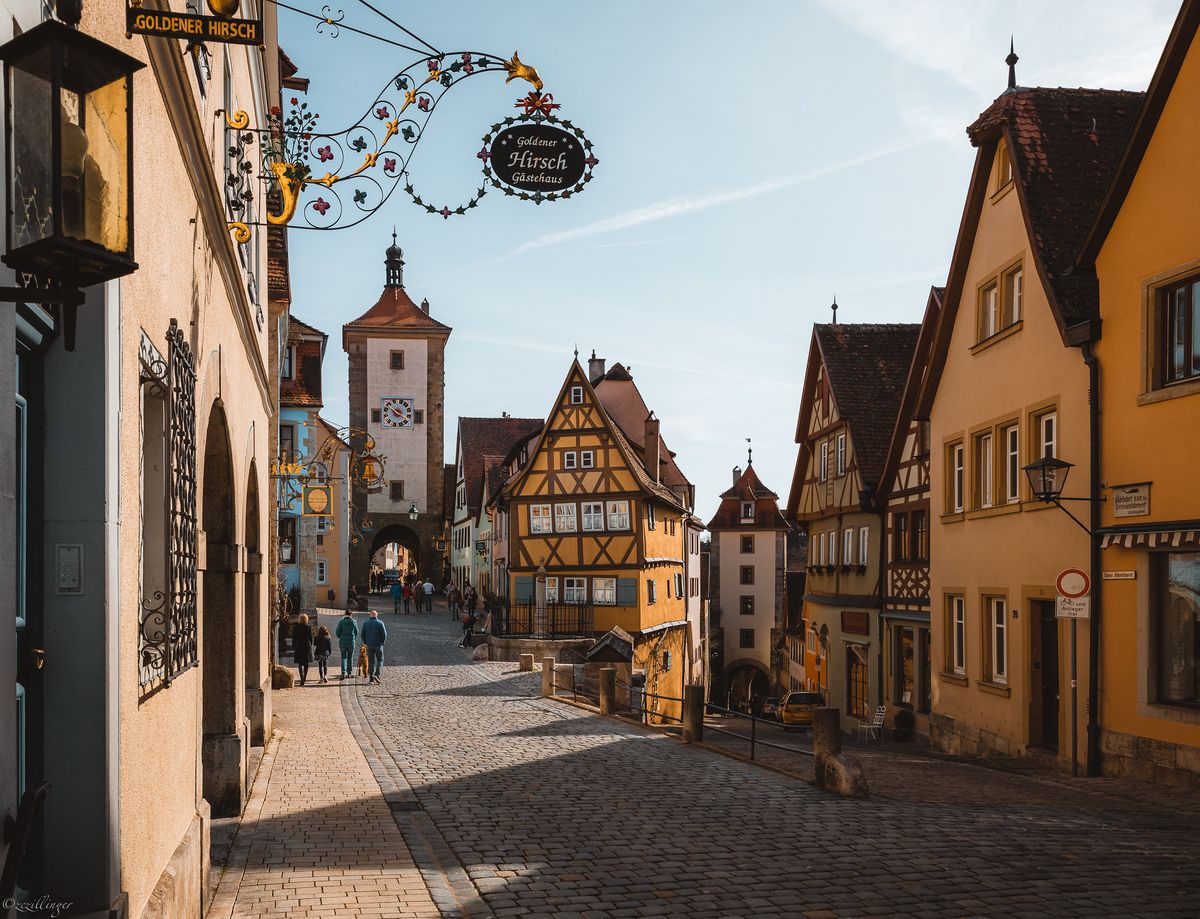
Bamberg
Bavaria
Beautiful medieval city with authentic planning of early medieval cities and a huge number of valuable buildings. The city flourished in the 12th – 19th centuries.
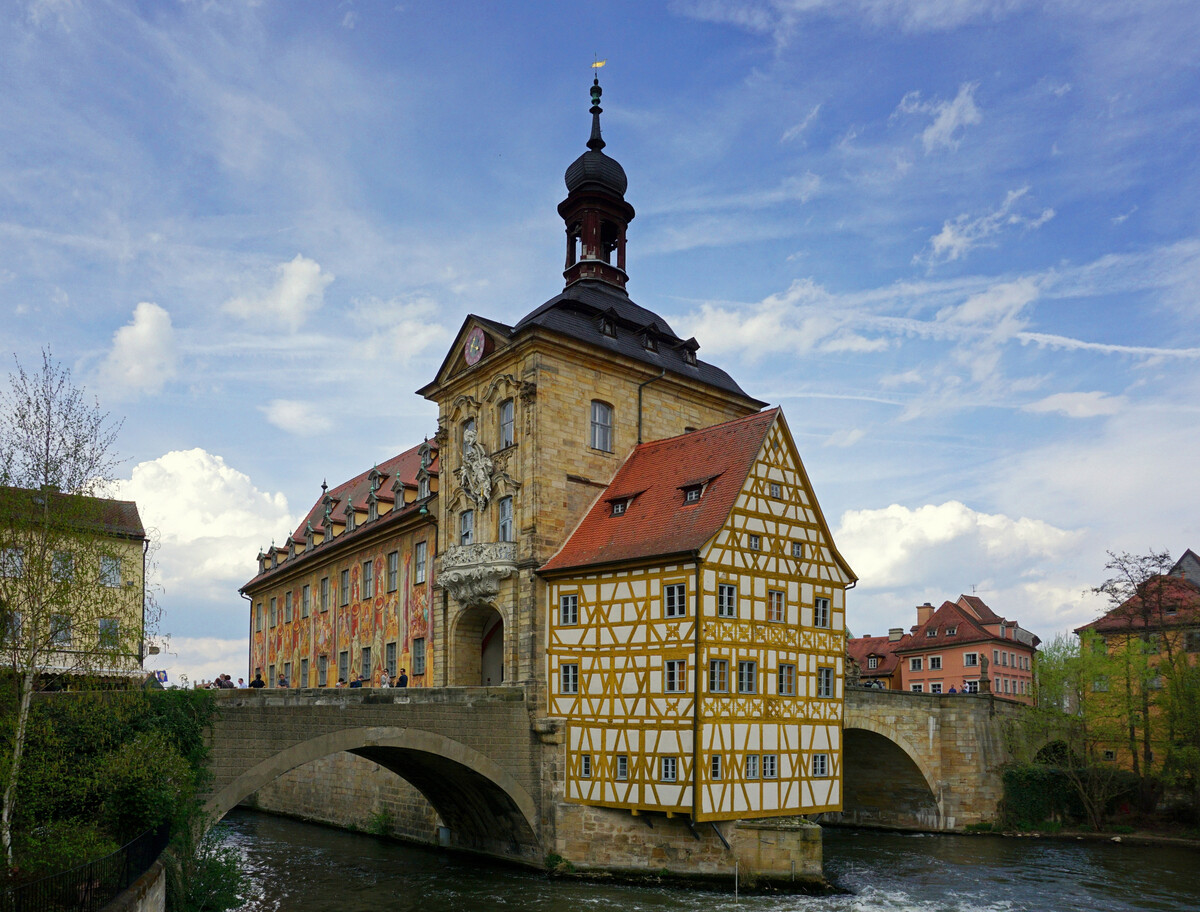
Eltz Castle
Rhineland – Palatinate
Very impressive hilltop castle. Construction started before 1157, and the castle is still owned by its original owners. Castle has some 100 rooms and at times up to 100 members of the family have been living here.
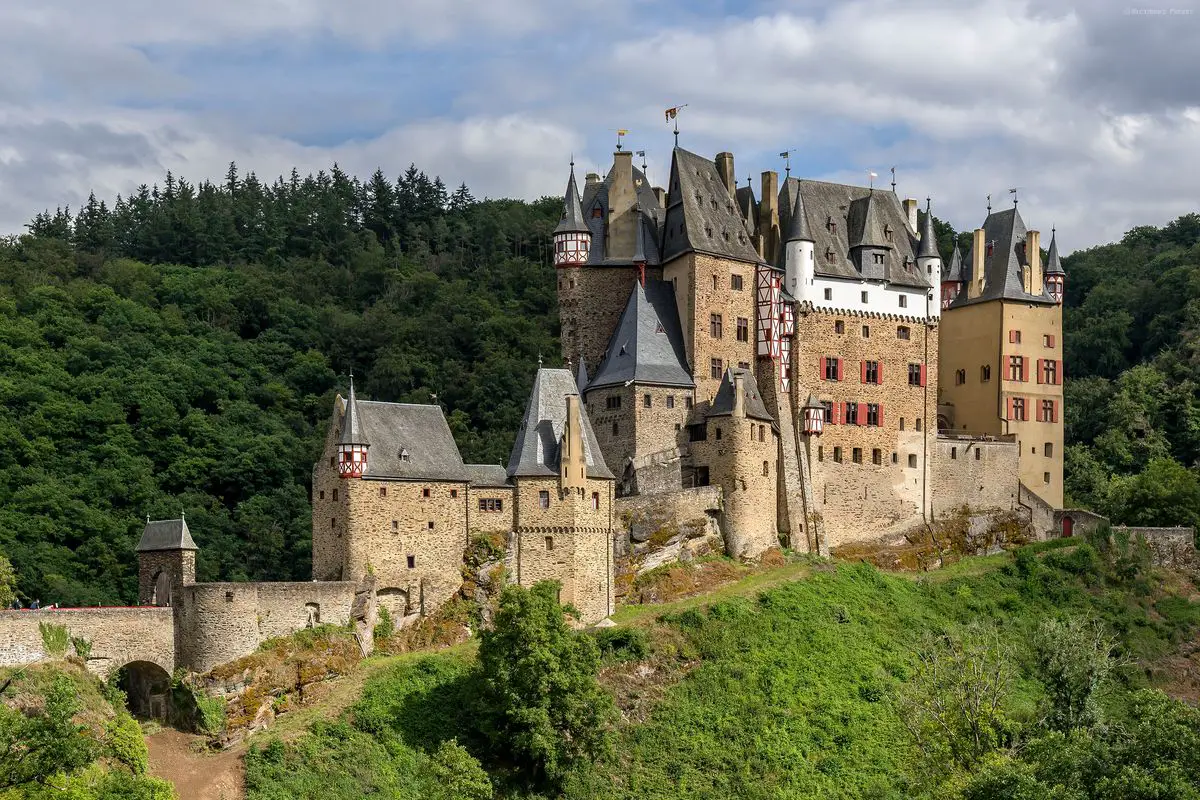
Museum Island
Berlin
A complex of five important museums, constructed in 1824 – 1930: Altes Museum, Neues Museum, Alte Nationalgalerie, Bode Museum, and Pergamon Museum. Pergamon Museum houses Pergamon Altar from Turkey and Ishtar Gates from Babylon, Iraq.
Nymphenburg Palace
Bavaria
Enormous Baroque palace, the summer residence of the rulers of Bavaria. Constructed in 1664 – 1675 (central part) and the 18th century. The facade of the palace is some 700 m wide, many rooms have ornate interiors.
Hohenzollern Castle
Baden – Württemberg
An enormous and impressive hilltop castle. The current castle was constructed in 1846 – 1867 in Neo-Gothic style on the site of earlier castles – thus it is not a true castle, but not a classical palace either.
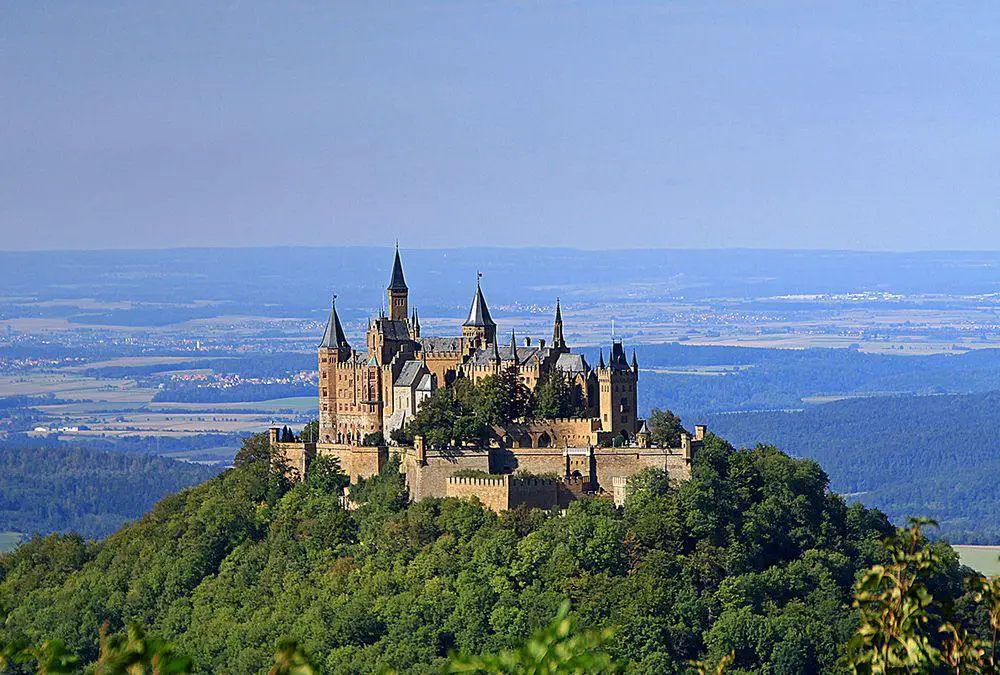
Zwinger
Saxony
Beautiful palace in Rococo style, constructed in 1710 – 1728.
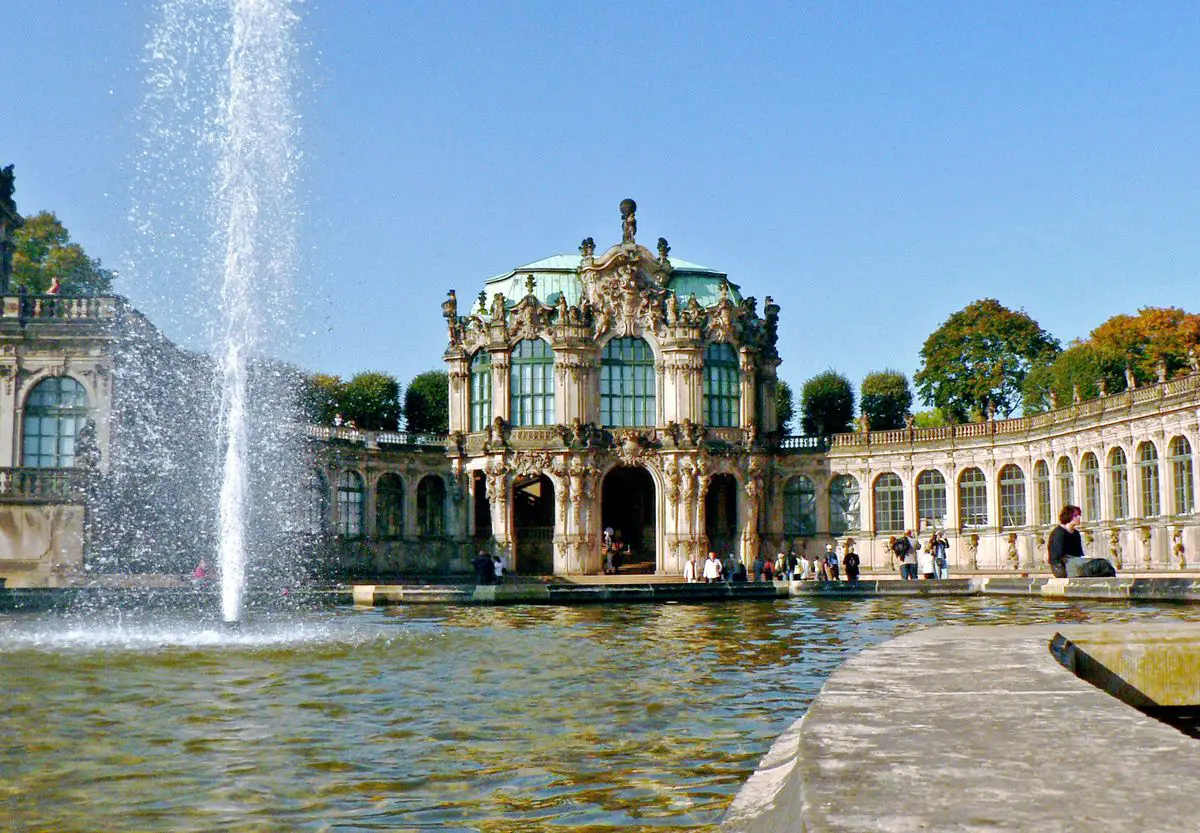
Sanssouci and Sanssouci Park
Brandenburg
Rococo palace, constructed in 1745 – 1747 for the Prussian king Frederick the Great. The beautiful terraced gardens around the palace have numerous interesting samples of garden architecture, such as the ornate Chinese House.
Lübeck
Schleswig-Holstein
One of the most important medieval cities in Northern Europe, with a well-preserved core of a fortified medieval city. Lübeck was one of the main cities of the Hanseatic League and prospered in the 12th – 16th century. Contains a huge number of valuable structures, often built of brick.
Bergpark Wilhelmshöhe
Hesse
One of the most impressive Baroque parks worldwide, the largest hillside park in Europe. Developed in 1696 – 1850. Includes numerous unique examples of landscape architecture – Roman aqueduct with 43 m tall artificial waterfall, giant, 250 m long cascades. Contains the 70.5 m tall Hercules Monument.
Ulm Minster
Baden – Württemberg
The tallest church in the world so far (before the completion of 170 meters high Sagrada Familia in Barcelona) – 161.53 meters. Constructed in beautiful Gothic forms in 1377 – 1890.
Heidelberg Castle
Baden – Württemberg
An enormous castle, one of the most significant Renaissance buildings in this part of Europe. Construction started in 1214 and expanded in the 17th century when most of the present buildings were constructed.
Dresden Frauenkirche
Saxony
Rebuilt replica of one of the most impressive Baroque buildings north of the Alps. Originally constructed in 1726 – 1743. 96 m high dome is extremely durable in spite of its enormous size. Ruined in World War II and rebuilt in 2005.
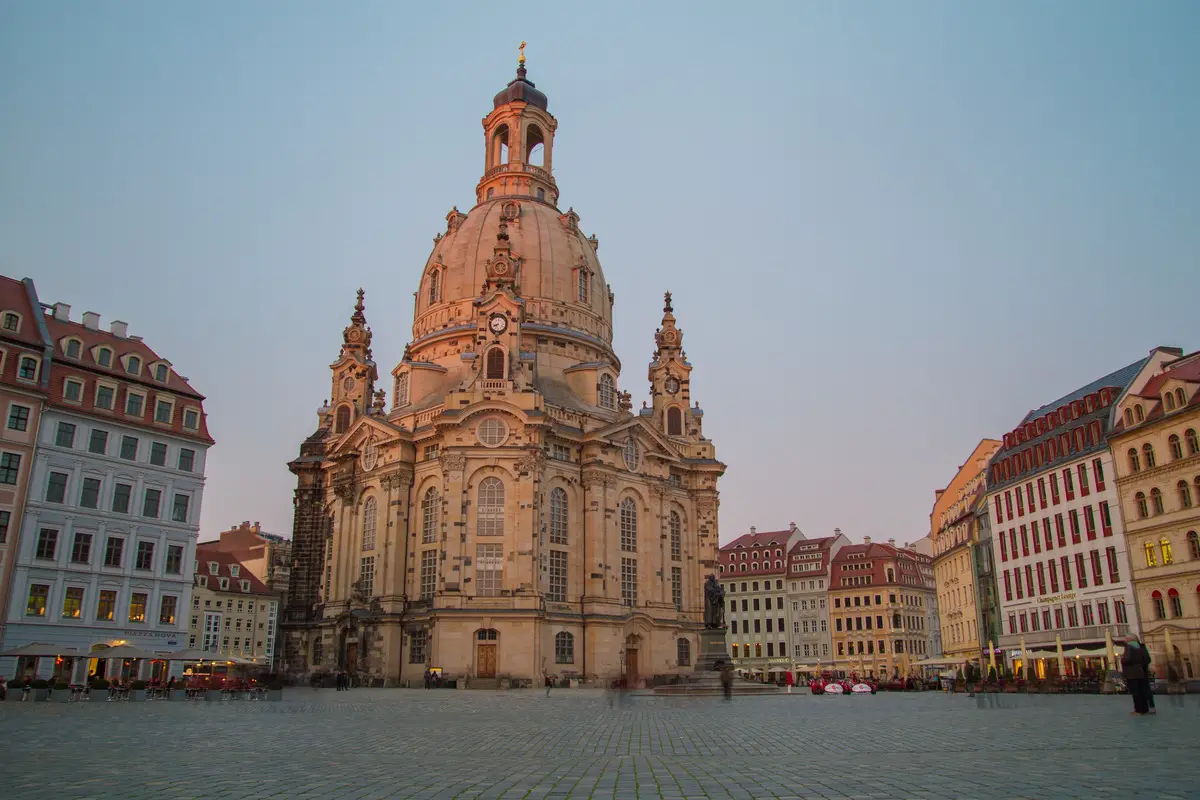
Wartburg Castle
Thuringia
Historically important hilltop castle that was gradually built starting from the 11th century. Especially impressive is the Romanesque part of the castle with Sängersaal. Castle served as a refuge for Martin Luther in 1521 – 1522.
Speyer Cathedral
Rhineland – Palatinate
One of the most impressive Romanesque-style structures in the world, the largest remaining church in this style. Constructed in 1030 – 1108 AD. 134 m long, the height of the nave is 33 m, height of the tallest tower – is 71.2 m.
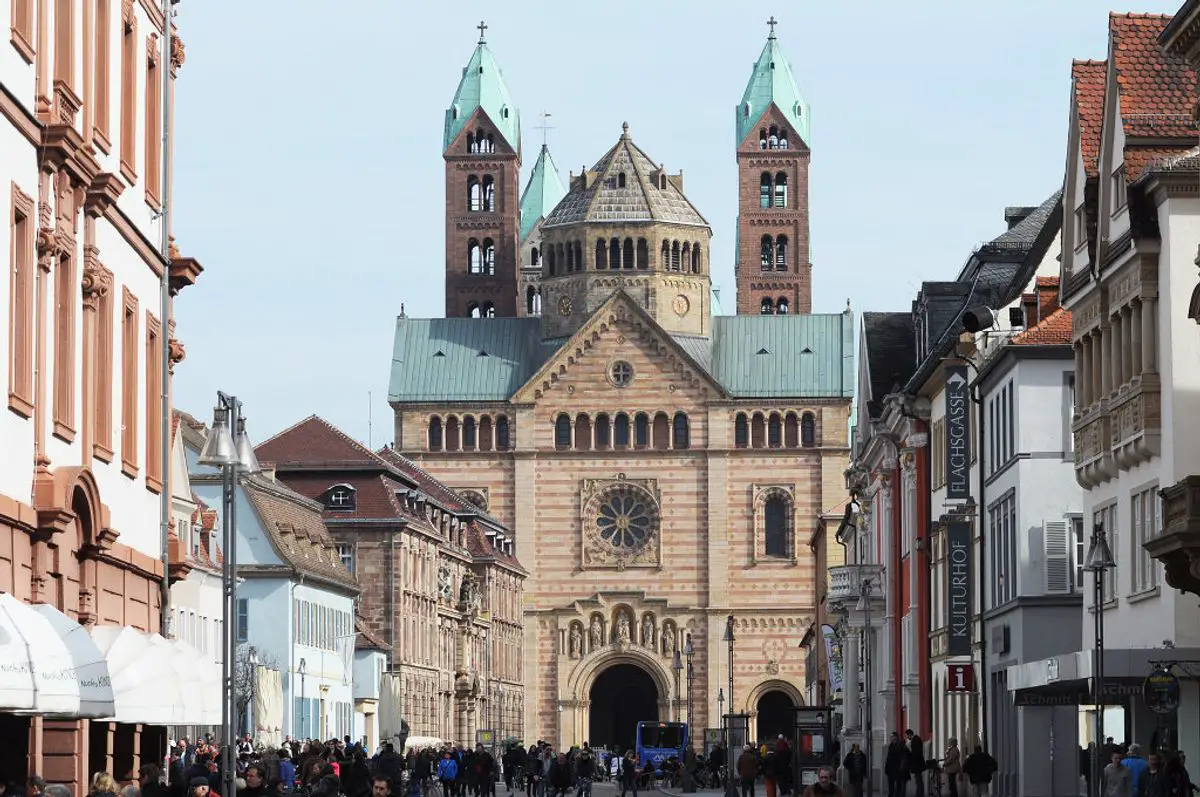
Bayreuth Opera House
Bavaria
This opera house was built specifically for the performance of operas composed by Richard Wagner. Constructed in 1872 – 1876. The building has unique acoustics and is the largest timber structure ever built.
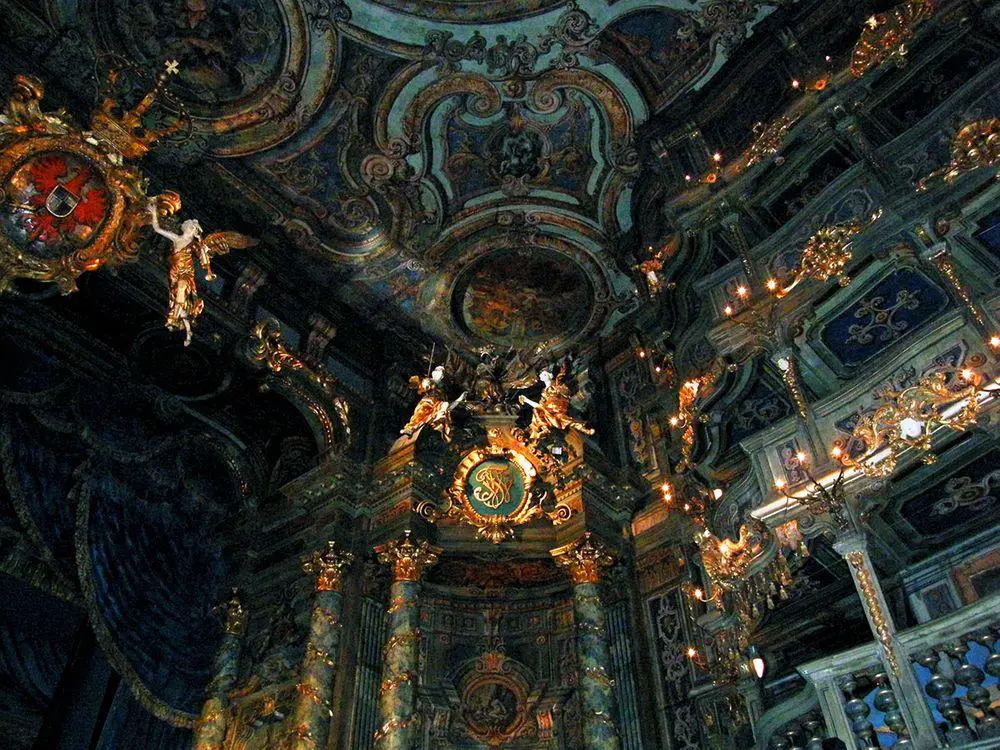
Weißenstein Palace
Bavaria
Large Baroque palace, built in 1711 – 1718. Contains the largest private collection of Baroque art in Germany including paintings of Titian, Rembrandt, and other great painters.
Marksburg
Rhineland – Palatinate
Well preserved medieval castle, built on the top of the hill at the Rhine. Constructed in 1117.
Augustusburg Palace and Falkenlust Palace
North Rhine – Westphalia
Some of the earliest and best examples of the Rococo style, constructed in the first half of the 18th century.
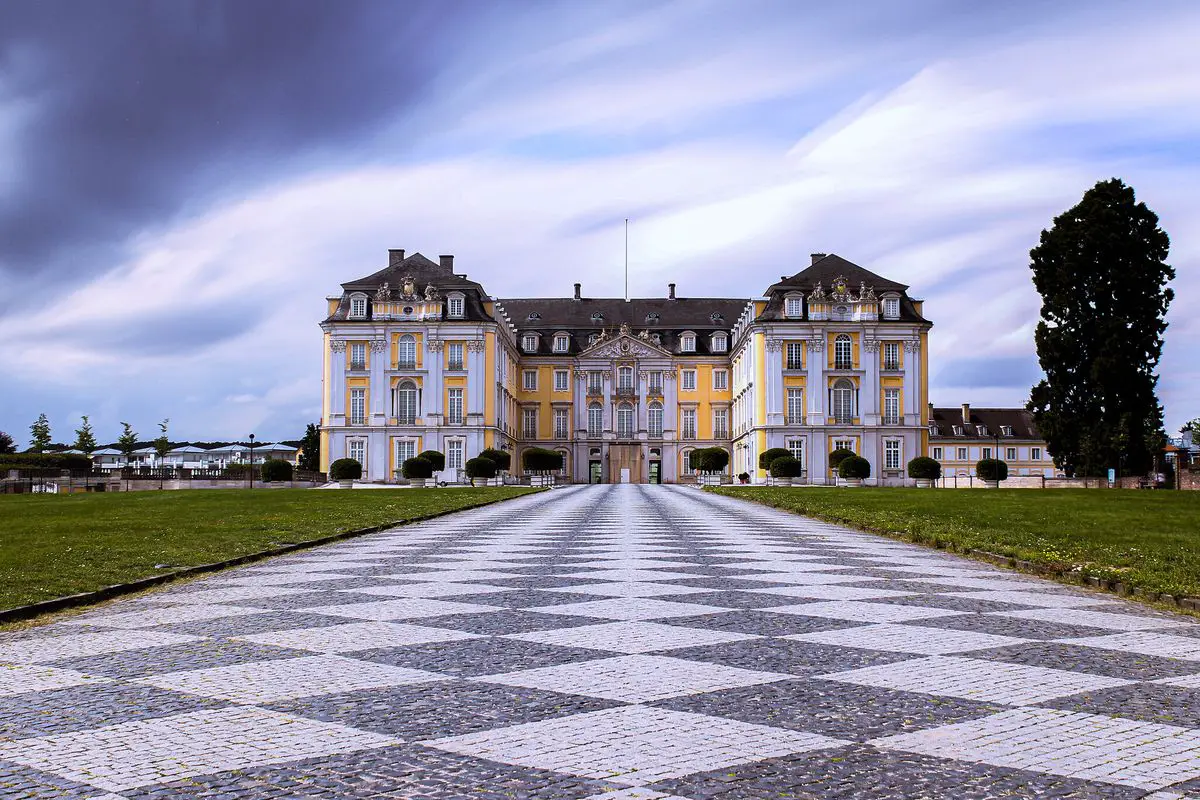
Quedlinburg
Saxony-Anhalt
A well-preserved medieval city with characteristic half-timbered buildings. Contains numerous valuable buildings from the 14th to 20th centuries.
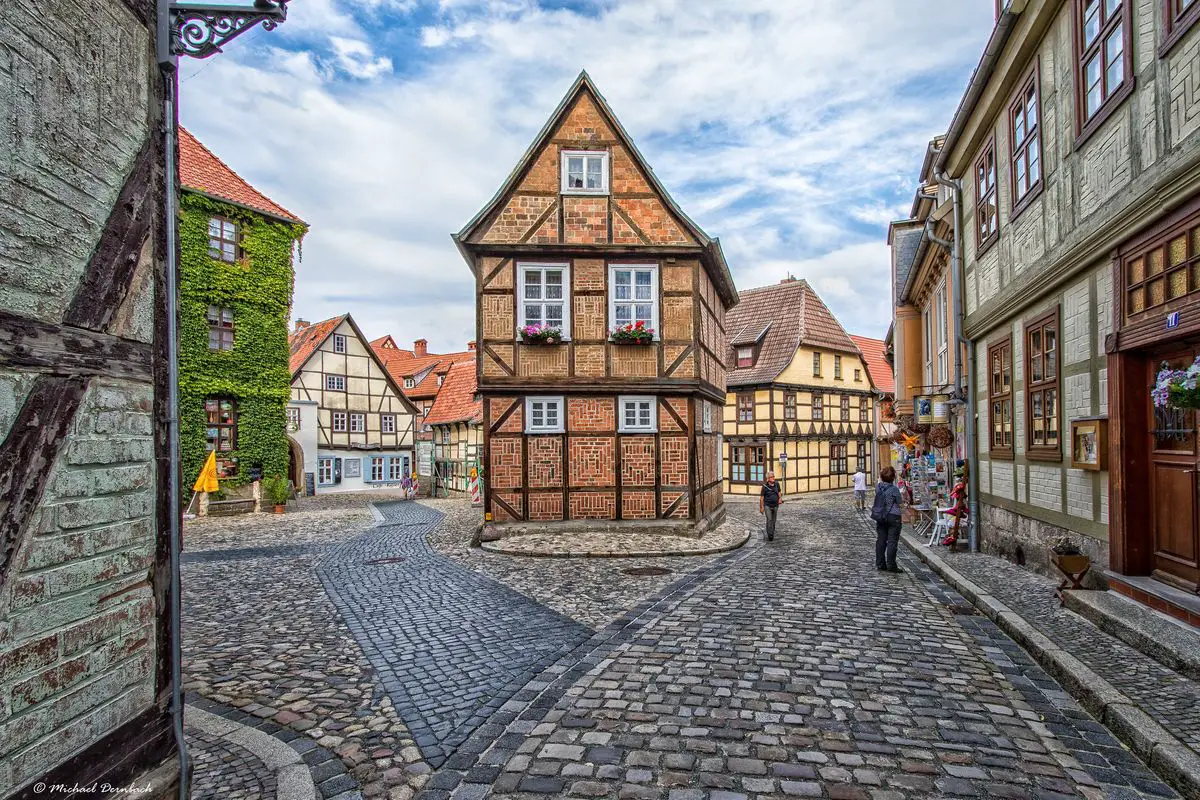
Worms Cathedral
Rhineland – Palatinate
Magnificent church from 1110 – 1081, one of the best examples of Romanesque style in the world. 110 m long, with four round towers, the height of the nave – 26 m.
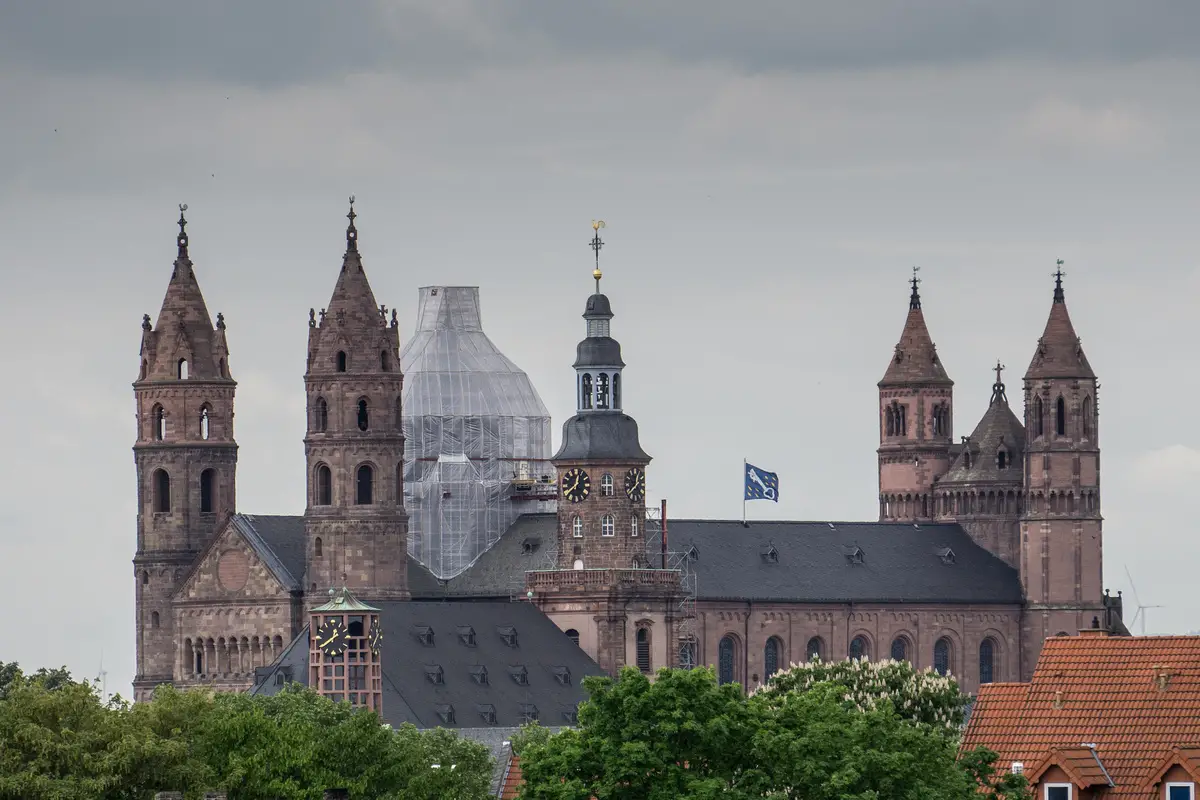
Speicherstadt
Hamburg
The largest district of timber-pile-founded warehouses in the world, constructed in 1883 – 1928. This port district includes numerous innovative and unusual designs to provide more efficient port activities, it includes 17 warehouses.
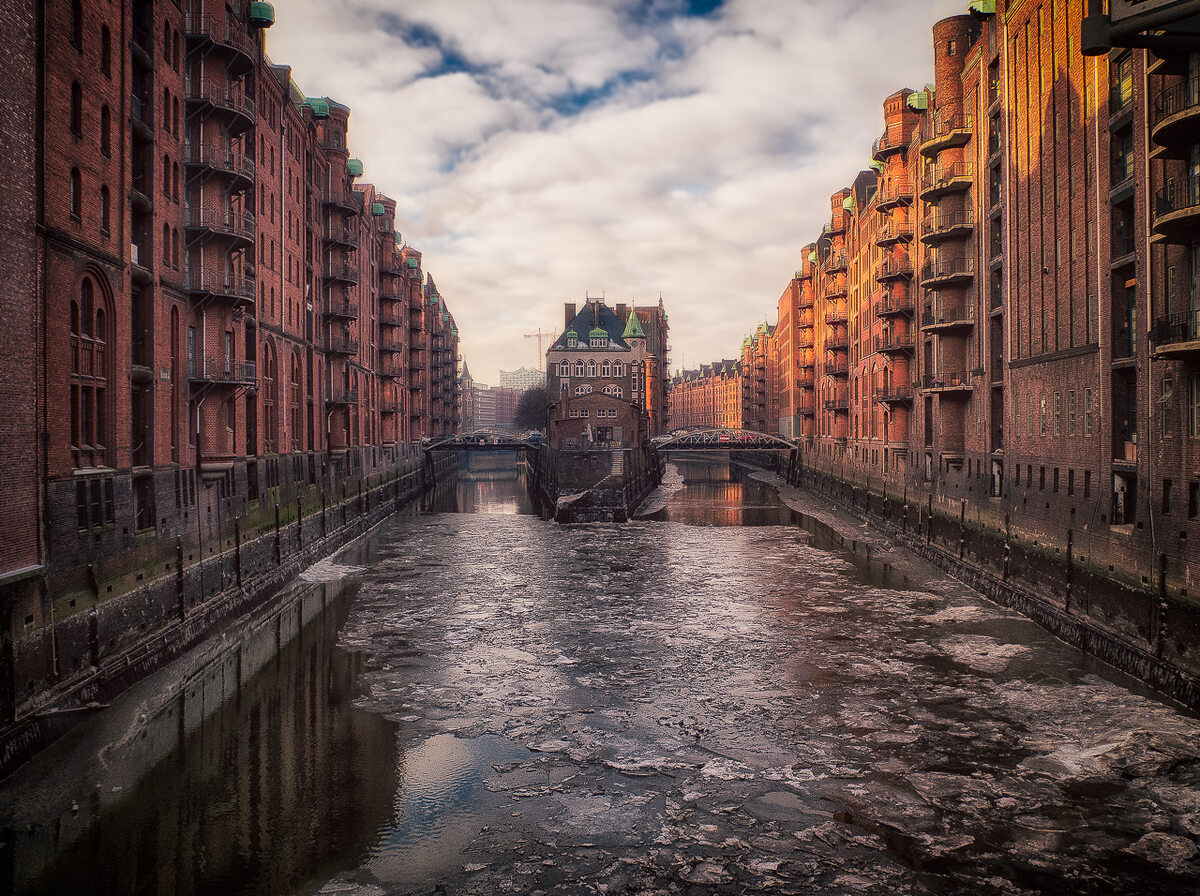
 Recommended books
Recommended books
Rick Steves Germany 2019
From fairy-tale castles and alpine forest to quaint villages and modern cities: with Rick Steves on your side, Germany can be yours!
DK Eyewitness Travel Guide: Germany
DK Eyewitness Travel Guide: Germany takes you by the hand, leading you straight to the best attractions this country has to offer, from its beautiful castles and cathedrals to its popular beer halls, festivals, and Christmas markets to walks and hikes through the countryside. Experience Oktoberfest in Munich, ski down the Alps, and cruise or hike along the Rhine to see romantic castles and vineyards.

